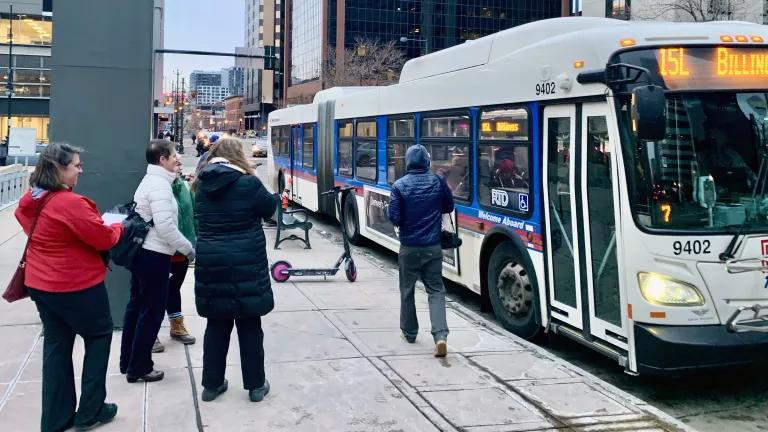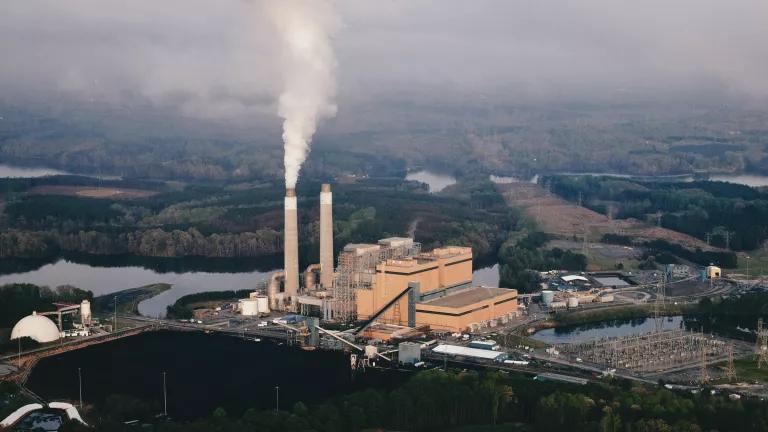Preferred Route Rejected: Line 3 Has Its Own Problems

Another proposed tar sands pipeline has hit a snag following a judge’s ruling rejecting Enbridge’s—its builder—preferred route through the state of Minnesota. For those following the Keystone XL battle in Nebraska, this might sound like déjà vu. And it is: a similar rejection took place in Nebraska back in November 2017, when TransCanada’s preferred route through that state was rejected by the Public Services Commission. This means that all three tar sands export projects that remain in play face mounting hurdles, sending ever clearer signals that the unnecessary, risky, and destructive expansion of tar sands production in Northern Alberta may soon hit its final peak.
Despite its enormous size, Enbridge’s proposed Line 3 tar sands pipeline has flown under the radar for years. Called a “replacement” by the company hoping to build it across northern Minnesota, the 760,000 barrel per day (bpd) pipeline is in fact a brand new line across most of the state. If built, it would allow for significantly larger volumes of tar sands to flow into the United States by freeing up space on Enbridge’s other controversial tar sands line: Line 67, née Alberta Clipper.
While the project is touted by Enbridge as being beneficial for Minnesota and surrounding states, reality is far different. The Midwest has been ground zero for tar sands refining since the industry began its rapid expansion over a decade ago. Today, refineries there are awash in tar sands oil and do not need additional access to supply. Meanwhile, oil consumption in the Midwest peaked several years ago and shows signs of a fairly steady decline since. None of this is surprising: Enbridge’s pipeline system is clearly designed and set up to use the new Line 3 to transport oil through Minnesota and Wisconsin before transferring it to lines that will carry it to the Gulf Coast.
In the coming week I’ll explore the state of play for all three proposed tar sands pipelines in more detail, with an additional focus on the headwinds facing the industry in Alberta. For now, last night’s ruling stands as another barrier that may block the way for a project that could negatively impact the health and livelihoods of communities all along its 1,000-mile route, not to mention our shared global climate.



